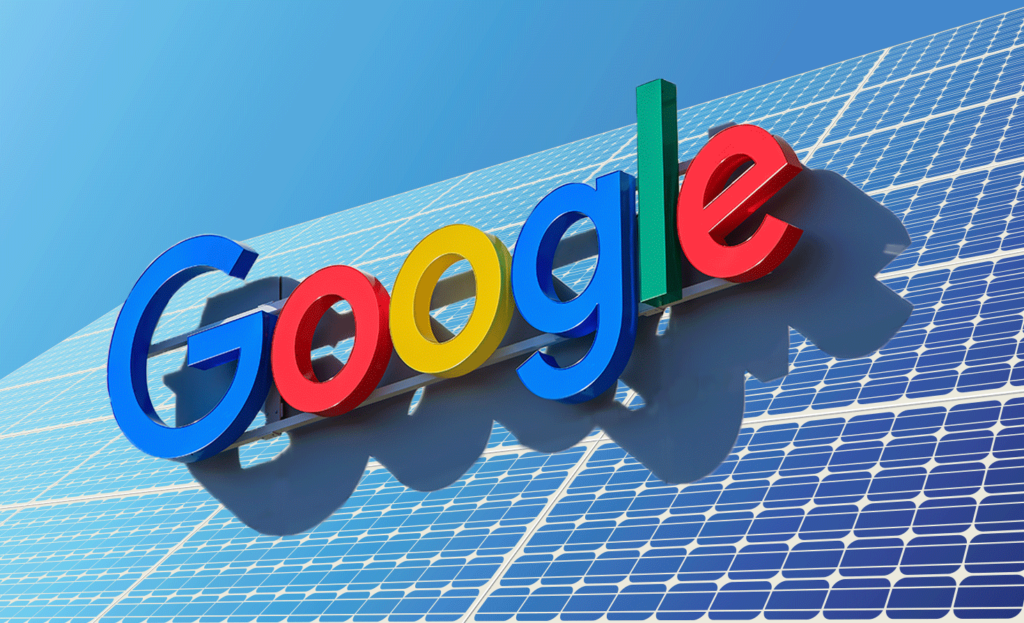This article is drawn from the Energy Weekly newsletter, running Thursdays. Subscribe here.
Tech giant Google has disclosed so many solar and wind projects over the past decade that I’ve personally lost count. For you statisticians out there, the estimate is more than 30. The deal it announced earlier this week — a 10-megawatt solar project in Taiwan — may seem modest in retrospect, but it’s no less significant than its earlier, higher-wattage contracts.
First things first, this is a first. To be specific, Google is the first company to benefit from a change in the country’s electricity laws that allows non-utility organizations to procure power directly. It took many trips to the country, by many Googlers, over the last several years to lay the groundwork for this installation, according to Michael Terrell, head of energy market development at Google, who chatted with me about the strategy.
Many stakeholders were consulted within the government, at local universities and scientific organizations, as well as other businesses interested in sourcing renewable energy in Taiwan. “The story is that we have finally cracked open the market,” Terrell noted.
That’s especially important, given the expansion that many multinational companies are preparing for in Asia and given Taiwan’s role in this country in manufacturing everything from electronics to textiles.
After all, it’s impossible to cover a company’s power needs with deals in just one region or country. Plus, it should be intriguing for any company wondering how to help its supply chain procure more clean power.
It’s impossible to cover a company’s power needs with deals in just one region or country.
In Google’s case, keep your eyes next on developments in Japan, where a similar movement to develop zero-carbon energy choices is being led by local companies such as Ricoh. Google’s cloud team began building out a second cloud region in Osaka last February. Stats geeks, that makes seven power-hungry data-infrastructure projects in the Asia-Pacific realm.
The Taiwanese solar farm revealed this week, in Tainan City, is notable for another reason — it was planned with particular attention to the local community. The 40,000 panels being installed by local developers Diode and New Green Power actually will be mounted above commercial fishing ponds, which addresses the country’s notorious space challenges.
“This setup will maximize land-use efficiency (important in a densely populated region), respect local ecology (fish and solar panels can coexist peacefully) and generate local economic benefits (the fishing community will be compensated for hosting solar panels on its ponds),” notes Marsden Hanna, Google’s senior leader for energy and infrastructure, in the blog post about the project.
I suspect that these sorts of environmental and community development considerations will be discussed more frequently in the months to come. I know of at least one other large tech company — one that already has done quite a bit of pioneering work in China — that is thinking about these sorts of things. What’s more, the big wind developer Ørsted, which has large aspirations in U.S. offshore waters, just entered into an agreement with the Responsible Offshore Development Alliance to keep ahead of how its wind farms might affect commercial fishing areas. It’s the first organization to do so, but considering that Massachusetts, New Jersey, New York and Virginia are eyeing the potential closely, this is bound to become an issue.
I suspect that these sorts of environmental and community development considerations will be discussed more frequently in the months to come.
Bringing things back to Google, I’d be remiss if I didn’t mention its other big “win” this month: the company just announced two huge solar farms in Hollywood, Alabama, and Yum Yum, Tennessee, in collaboration with the Tennessee Valley Authority. Yes, that’s right, Tennessee and Alabama.
The combined capacity will be 413 MW of power, from 1.6 million panels. They are the company’s largest solar projects to date — among the largest renewables investments for TVA to date — and they both took months of negotiations. Google is known for going to the mat to work with utilities on new policies and programs that wind up benefiting other companies. Its work in Georgia in collaboration with Walmart helped ensure more than 80 MW of clean power for a new data center near Atlanta.
The to-be-constructed site in Alabama is a great example of how clean energy can help transition local economies: It will build on the electrical infrastructure of a retired coal plant. It significantly will improve Google’s mission to source carbon-free power in the region it operates — it’s a big boost for the company’s Southeastern operations.
Google estimates that about 72 percent of its data center electricity use in the two states will be matched by carbon-free sources, compared with the status quo of 48 percent. “Clean energy makes sense anywhere,” Terrell says.

